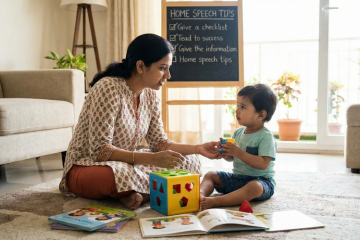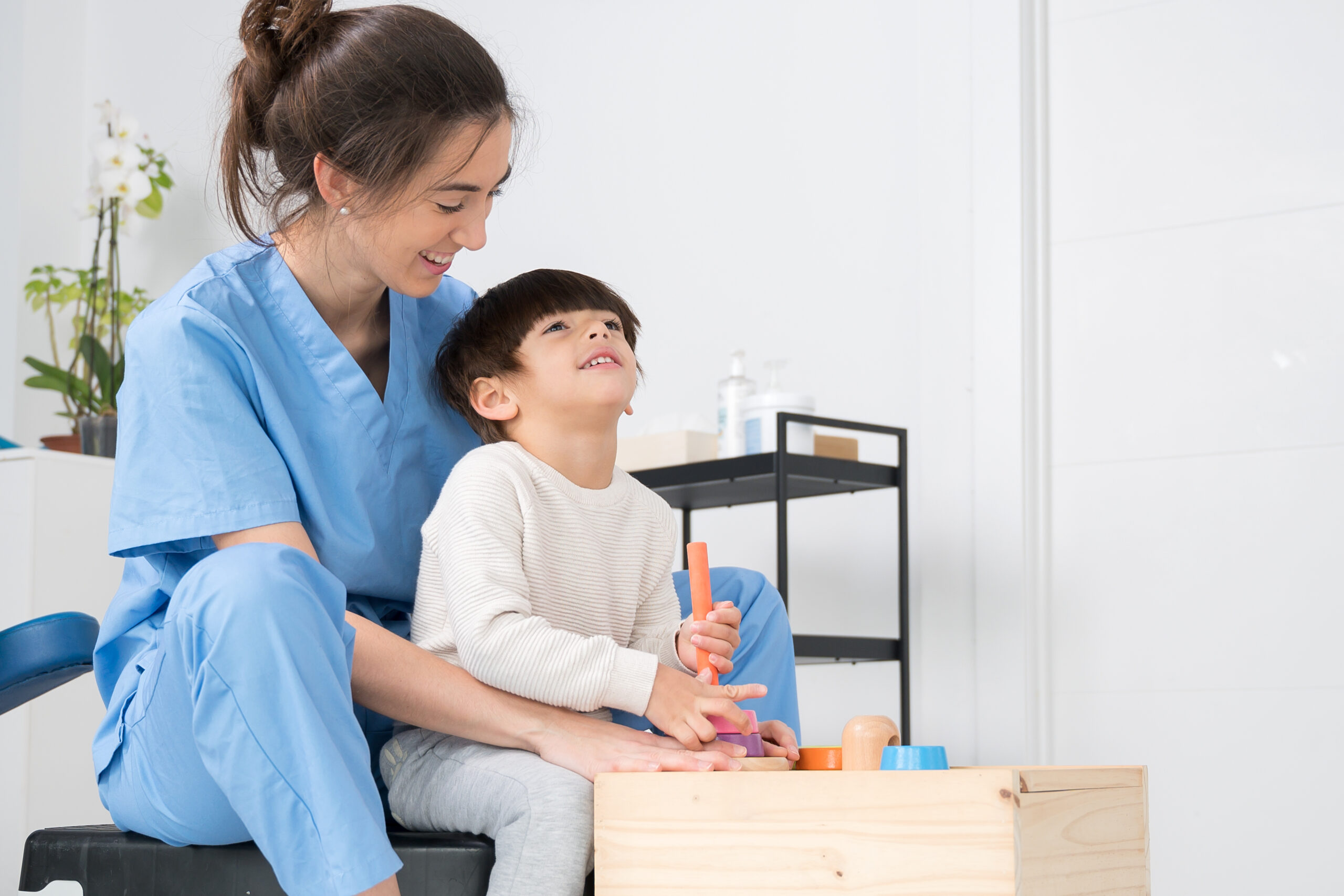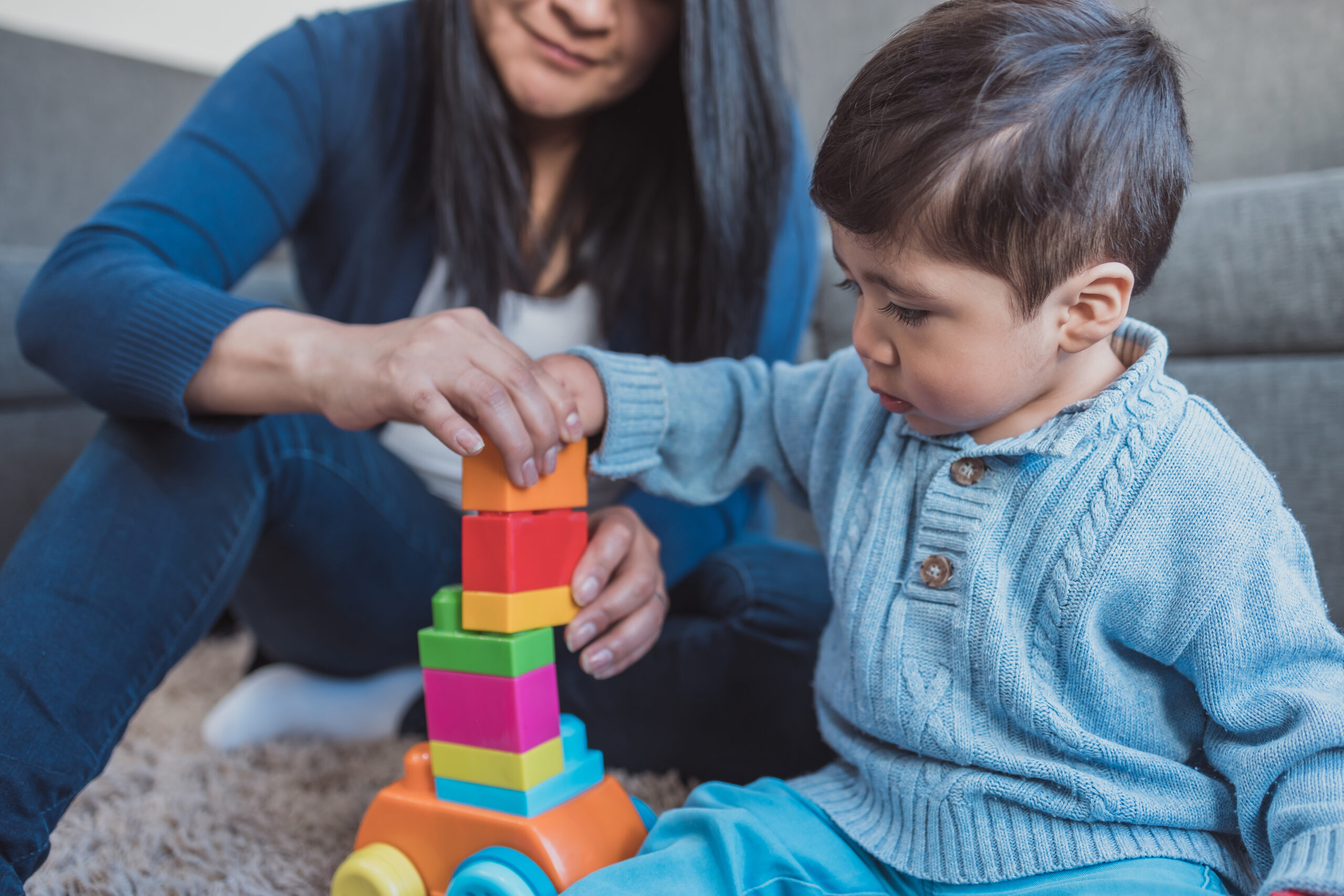Children aren’t always able to say what they’re feeling especially when those feelings are uncomfortable, unfamiliar, or overwhelming. Sadness, anxiety, loneliness, and emotional pain can often remain unspoken, hidden behind a smile, a tantrum, or sudden silence. As parents, caregivers, and educators, it’s essential to understand the language of behavior when children cannot express their inner struggles with words.
That’s where expert guidance from the Best child development center in Vadodara, Samvedan, led by Dr. Purva, becomes a crucial support system. Recognizing silent emotional distress early on can help prevent long-term mental health issues and foster emotional resilience in children.
Why Children Struggle to Express Emotions
Unlike adults, children don’t yet have the vocabulary or emotional awareness to understand and talk about how they feel. Emotional expression is a skill that develops with time, modeling, and support. In the early years, children often show their feelings through behavior rather than direct communication.
For instance, a child experiencing sadness might not say “I’m feeling low.” Instead, they might:
-
Refuse to go to school
-
Show changes in eating or sleeping patterns
-
Get easily irritated or angry
-
Display sudden clinginess or detachment
These behaviors may be misunderstood as defiance, laziness, or misbehavior but they are often signs of internal emotional turmoil. Ignoring these signs can cause the distress to deepen.
The Hidden Cost of Emotional Silence
When emotional distress is not addressed, it can quietly shape how a child sees the world and themselves. According to Dr. Purva, child development expert at Samvedan, “Children don’t always have the words, but their behavior is a powerful communicator. What we ignore today may become an emotional scar tomorrow.”
Unchecked sadness or anxiety can evolve into:
- Low self-esteem
- Academic difficulties
- Social withdrawal
- Behavioral issues
- Chronic anxiety or depression later in life
Signs to Look Out For: Behavior Speaks Louder Than Words
Silent emotional struggles often show up in patterns. Here are some warning signs that may indicate a child is facing emotional difficulty:
| Behavior | What It Might Mean |
|---|---|
| Frequent stomachaches or headaches | Anxiety or emotional stress |
| Aggressive outbursts | Difficulty managing emotions or seeking attention |
| Excessive crying or mood swings | Feelings of sadness or insecurity |
| Social withdrawal | Loneliness, fear of judgment |
| Loss of interest in favorite activities | Signs of depression or burnout |
| Sleep disturbances | Internal emotional unrest |
Each child is unique, and these signs don’t always point to one specific issue. However, when these behaviors persist or intensify, it’s a signal that the child might need support.
The Role of Parents and Caregivers
Parents and caregivers are the first emotional mirrors for children. How we respond to their feelings sets the tone for how they will learn to understand and express their own emotions. Here are a few ways you can support your child through silent struggles:
1. Practice Observant Parenting
Pay close attention to your child’s mood, behavior, and energy. Sudden changes are often the first clues. If your outgoing child becomes unusually quiet, or your talkative child seems distant, it’s worth gently exploring what might be going on.
2. Build Emotional Vocabulary
Use everyday moments to help your child label emotions. For example, if they look upset after school, you could say, “You seem frustrated did something not go as planned today?” This helps normalize emotions and provides a vocabulary for future conversations.
3. Create a Safe Space for Sharing
Let your child know that all emotions are valid and welcome. Avoid dismissing feelings with statements like “Don’t cry” or “It’s nothing.” Instead, say things like “It’s okay to feel this way” or “I’m here to help you figure this out.”
4. Model Healthy Emotional Expression
Children learn by watching. When you express your own emotions calmly and respectfully, you teach them how to do the same. Sharing your feelings openly within age-appropriate boundaries builds trust and sets a healthy example.
When to Seek Professional Help
While love and support at home are crucial, some situations require professional insight. If you’ve noticed persistent emotional or behavioral changes that concern you, it might be time to consult a child development expert.
Samvedan, the best child development center in Vadodara, provides a nurturing environment where children can explore their emotions through evidence based therapies and interventions. Samvedan has become a trusted name in child development in Vadodara.
What Makes Samvedan the Right Choice?
Many parents search for help but aren’t sure what kind of support their child needs. That’s where Samvedan is best not just because of the services offered, but because of the way they’re delivered.
What sets Samvedan apart:
-
Child-Centered Environment: Calm, comforting spaces designed to make children feel safe and understood.
-
Expert-Led Therapies: Including play therapy, occupational therapy, speech therapy, and emotional counseling.
-
Personalized Attention: Each child’s developmental and emotional needs are assessed individually, with customized care plans.
-
Parental Involvement: Regular parent counseling and training sessions to ensure emotional support continues at home.
Real-Life Example: A Case From Samvedan
One recent case at Samvedan involved a 6-year-old boy who had stopped speaking at school and started complaining of stomach pain almost daily. His parents initially suspected a medical issue, but all tests came back clear.
After a few sessions with Dr. Purva, it became evident that the child was facing anxiety due to a difficult social situation at school. Through guided play therapy and emotional coaching, the child began expressing himself again first through drawings, and then through words. Within a few weeks, his physical complaints vanished, and he reconnected with his peers.
This is the power of early emotional intervention. It’s not just about solving a problem it’s about helping a child feel seen, heard, and safe.







